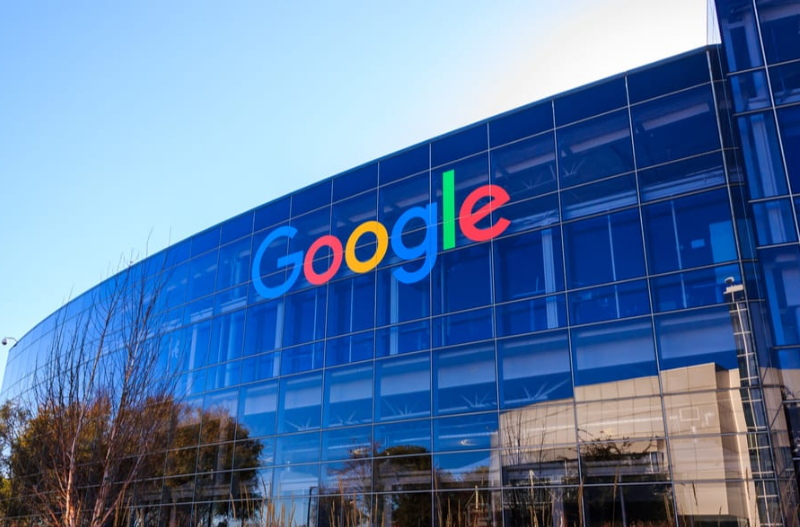Google DeepMind and Google Research have unveiled a suite of new tools designed to improve the prediction of tropical cyclones with AI, including a new experimental model, an interactive website for visualizing our AI weather models, and a partnership with the U.S. National Hurricane Center this hurricane season.
Tropical cyclones—referred to as hurricanes in the Atlantic and typhoons in the Pacific—are responsible for significant global devastation. Over the last five decades, they have caused the loss of hundreds of thousands of lives and generated an estimated $1.4 trillion in economic damages. Accurately predicting these storms remains a challenge due to their sensitivity to subtle atmospheric changes and the scarcity of high-quality data.
In parallel, Google has launched the Weather Lab, an interactive online platform offering public access to live and historical cyclone forecasts from various AI models. This tool enables users to explore and visualize storm predictions, offering insights into the evolving capabilities of AI in weather forecasting.
To ensure practical application and scientific rigor, Google is collaborating closely with the U.S. National Hurricane Center (NHC) and other meteorological experts. During the 2025 hurricane season, professional forecasters will have access to live outputs from Google’s AI models alongside traditional forecasting tools. This partnership aims to validate the models’ effectiveness in real-world conditions and enhance decision-making during critical storm events in the Atlantic and East Pacific regions.
By merging advanced machine learning techniques with traditional meteorology, Google DeepMind and Google Research are helping pioneer a future where communities are better equipped to respond to the threats of extreme weather, ultimately saving lives and reducing economic losses.

